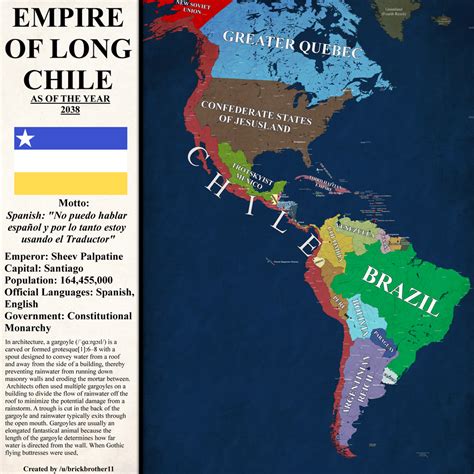Navigating through the spine of South America, Chile stands out as a nation remarkably stretched in terms of geography, culture, and climate. Extending over 4,300 kilometers from north to south with an average width of just 177 kilometers, the striking length of Chile’s territory offers an enigma worth exploring. The Andes mountains acting as a majestic eastern border and the Pacific Ocean on the west create a narrow ribbon of land that encompasses a plethora of natural wonders, climatic zones, and cultural history that merit detailed examination.
Geographical variations across Chile are unparalleled. From the arid expanses of the Atacama Desert in the north, recognized for its Mars-like landscape and minimal rainfall, to the lush temperate rainforests and fjords in the south, Chile encapsulates an extensive range of ecosystems. This geographic variety fosters diverse ecological niches that provide habitats for an array of wildlife. This diversity is mirrored in the climate, with the northern region experiencing extreme dryness while the southern tip encounters cold, often close to subarctic conditions. The uniqueness of Chile’s geography is central to its identity and impacts everything from agriculture and forestry to tourism and everyday life.
Culturally, Chile represents a fascinating blend of ancient traditions and modern influences. The isolation fostered by formidable natural barriers like the Andes has cultivated a distinct national character. The diverse climatic conditions have influenced settlement patterns and contributed to the variety of lifestyles found in different parts of the country. Isolation also played a significant role in preserving indigenous cultures and languages, many of which have infused modern Chilean Spanish with unique vocabulary and phrases. It’s worthy of noting that the far north and southern regions were less influenced by Spanish colonization, retaining stronger indigenous linguistic and cultural individuality.
The linguistic landscape of Chile is just as diverse as its ecological one. The Spanish spoken in Chile has evolved uniquely, showcasing a rich interplay between indigenous languages, European linguistic influence, and internal dialectical variations. The Chilean spoken accent is often considered one of the fastest and most difficult to understand within the Spanish-speaking world. Local phrases and slang, which are heavily informed by native languages like Mapudungun, permeate everyday conversations. For example, the word ‘weón’, a slang term with multiple connotations based on the context, is ubiquitously used—a peculiarity that even other Spanish speakers might find baffling.
On a broader scale, the influence of colonial and post-colonial history profoundly shapes the dialects spoken in Latin America. The War of the Pacific, which resulted in Chile annexing Bolivia’s coastal region, reshaped geopolitical boundaries and had lasting effects on regional languages. Chilean Spanish, often distinct from dialects in neighboring Argentina or Peru, formed under these significant historical shifts and continues to be a point of cultural pride and identity. The geographical isolation resulting from the Andes and the remoteness of certain regions has only amplified these distinctions over the centuries.
Exploring Chile’s geographic and cultural tapestry reveals an interconnected story of natural beauty, historical complexities, and vibrant linguistic evolution. The starkness of the Atacama offers a contrast to the verdant south, yet both form integral parts of the Chilean mosaic. Each climatic zone contributes to different modes of living and survival, from mining in the mineral-rich deserts to agriculture and wine production in the fertile central valleys. Understanding Chile demands an appreciation for how its extraordinary length and narrowness shape not only the land but the very essence of its people.
In conclusion, Chile is not merely a long, thin strip on the map; it is a nation with a deep, multi-textured identity. Its geography is both its greatest strength and a source of the unique challenges it faces. From the indigenous roots to modern global influences, Chile’s cultural and linguistic diversity paints a rich picture of a nation that, in its length, holds a world within. For those seeking to understand how geography can shape national identity profoundly, Chile stands as a compelling study—one that stretches across a marvelously diverse and elongated land.


Leave a Reply